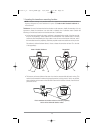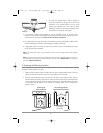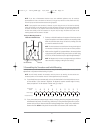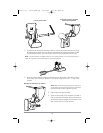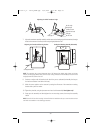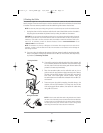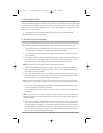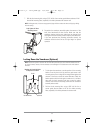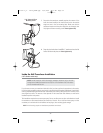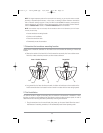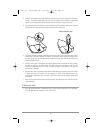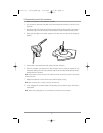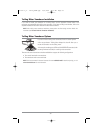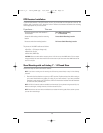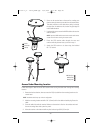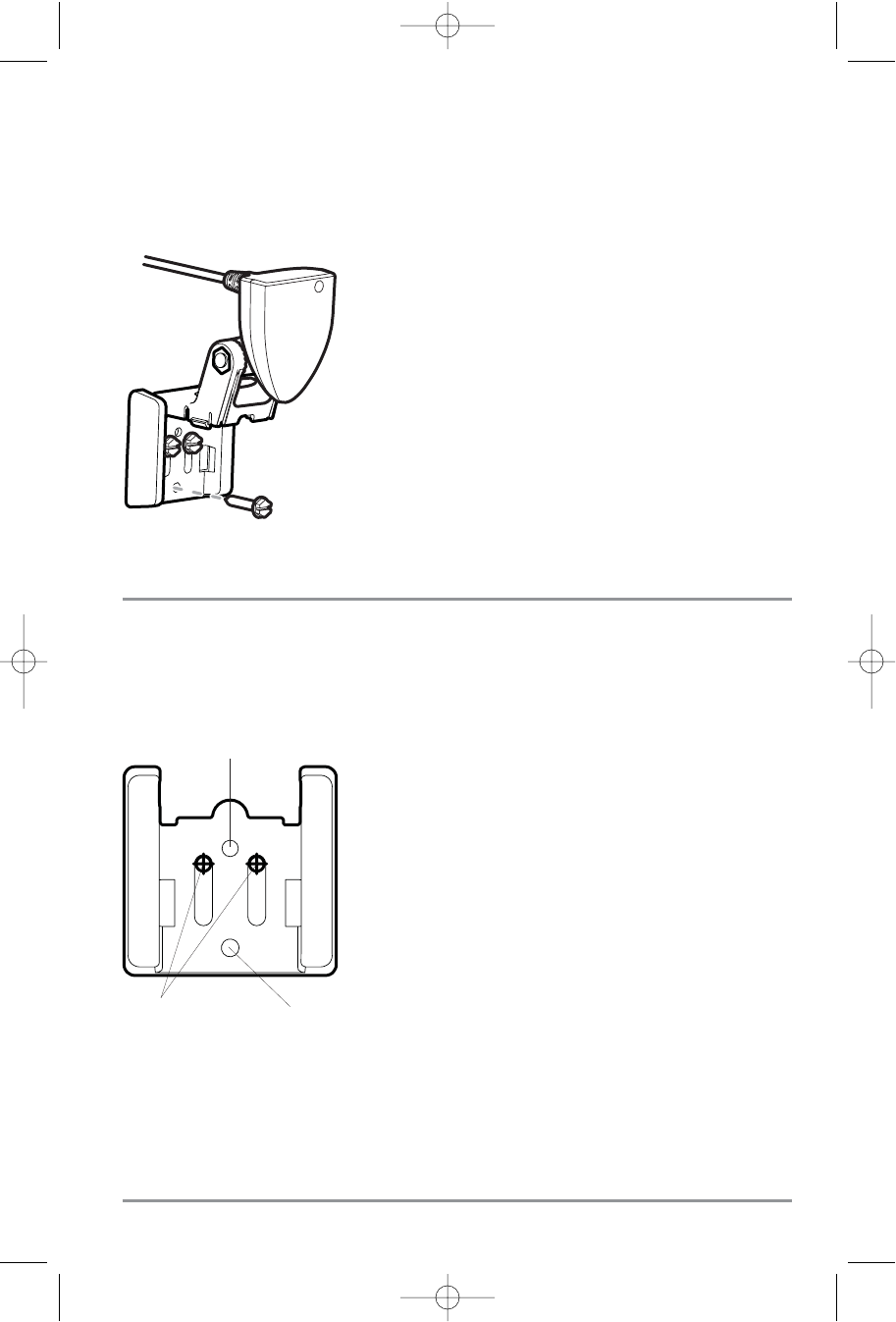
7. Drill the third mounting hole, using a 5/32” drill bit. Use a marine-grade silicone sealant to fill all
three drilled mounting holes, especially if the holes penetrated the transom wall.
NOTE: On fiberglass hulls, it is best to use progressively larger drill bits to reduce the chance of chipping or flaking
the outer coating.
8. Re-position the transducer assembly against the transom of the
boat, then hand-install all three screws. Make sure that the
transducer location and the pivot angle have not changed, then
fully tighten all three mounting screws. Snap the pivot back down.
If you have performed the preceding procedures correctly, the
transducer should be level and at the right height for optimal
operation.
Locking Down the Transducer (Optional)
NOTE: You have the option to lock down the Two Piece Kick Up bracket if you do not want the transducer to kick
up. Please be aware, however, that the transducer can be damaged if it is locked down and it strikes debris in
the water.
1. To lock down the transducer, trace the position of the mounting
bracket. Force the pivot to the Up position to gain access to the
mounting screws, then re-align the mounting bracket against the
transom of the boat to match the traced silhouette. Check the
bracket position with the level again to make sure it is still level,
then mark the fourth mounting hole using a pencil or marker.
Unscrew and remove the mounting screws and the transducer
assembly and set aside.
2. Drill the fourth mounting hole, using a 9/64" drill bit. Use a
marine grade silicone sealant to fill all four drilled mounting
holes, especially if the holes penetrate the transom wall.
Marking the Fourth Drill Hole
for Optional Lock Down
Mark Initial Drill Holes
Third Hole
Fourth Hole
Fully Tighten All Three
Mounting Screws
33
531617-1_A - 1197c_ManE.qxp 11/6/2007 4:36 AM Page 33



